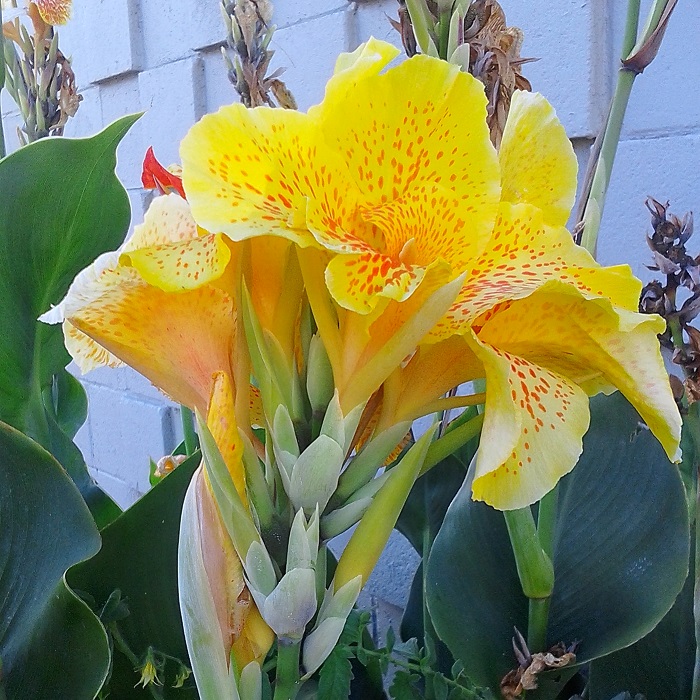UNITED STATES—Like something of bad science fiction, they are back. The earliest of spring bulbs and bulb-like perennials that were so discourteously buried in shallow graves last autumn are making their presence known. Even before the weather gets noticeably warmer, their foliage emerges above the surface of the soil. Daffodil, narcissus, crocus and snowdrop are already blooming. Hyacinth, tulip and anemone will be next.
We know them as spring bulbs, or alternatively, as hardy bulbs. However, in this climate, many bloom through late winter, so are finished by spring. Also, many are technically not really bulbs. They might be corms, rhizomes, tubers or tuberous roots. They are hardy bulbs because they want to be planted through autumn so that they can get a bit of chill through winter before their early bloom.
Some spring bulbs require a bit more of a chill than they get in the locally mild climate. They bloom very well in their first season because they are pre-chilled before they are sold. Once dormant, they get dug and chilled in refrigeration to entice them to bloom well for subsequent seasons. That happens much later in the year though. For now, long before spring, we get to enjoy their bloom.
Summer bulbs, which are not so hardy, are what gets planted about now. Their planting is delayed, not just because they do not need chill, but also because they dislike it. If their foliage develops too early, it can be damaged by late frost. Once established, summer bulbs are more resilient to minor frost damage of premature foliage. They can therefore remain in the garden for many years.
Canna, dahlia and big old fashioned white calla are the simplest of summer bulb-like perennials to plant now. Those that are already established can be divided if crowded. The smaller and more colorful callas can be a bit more finicky. Gladiolus and various lilies are spectacular, but bloom only once annually, rather than throughout summer. They are also unlikely to establish as perennials.
Bulb-like perennials that bloom only once might be planted in phases to prolong their potentially brief bloom season.
Highlight: canna
It is difficult to document the lineages of the countless modern garden varieties that have been hybridized from ten species of Canna. Straight species that are popularly grown within their native ranges are rare here. Some species are grown for their thick edible rhizomes. Many are grown for edible foliage. Some are employed to absorb toxins from contaminated riparian environments.
Garden varieties that are popular here are grown merely for their aesthetic appeal. The lushly big leaves are typically rich green, but might be bronzed, dark purplish bronze, or striped with yellow, bronze, creamy white or peachy pink. Large varieties get taller than eight feet. Compact types stay less than three feet tall. All foliage dies to the ground after frost, and grows back fast in spring.
The flashiest parts of canna flowers are actually very specialized stamens known as staminodes, which mostly obscure the very subdued petals and sepals. Red, orange, yellow, pink, salmon or very pale yellowish white bloom may be spotted or blotched. Flowers might be thin and wispy, or rather floppy and lush. Canna are popularly known as canna lilies, but are not at all related to lilies.
Horticulturist Tony Tomeo can be contacted at tonytomeo.com.




